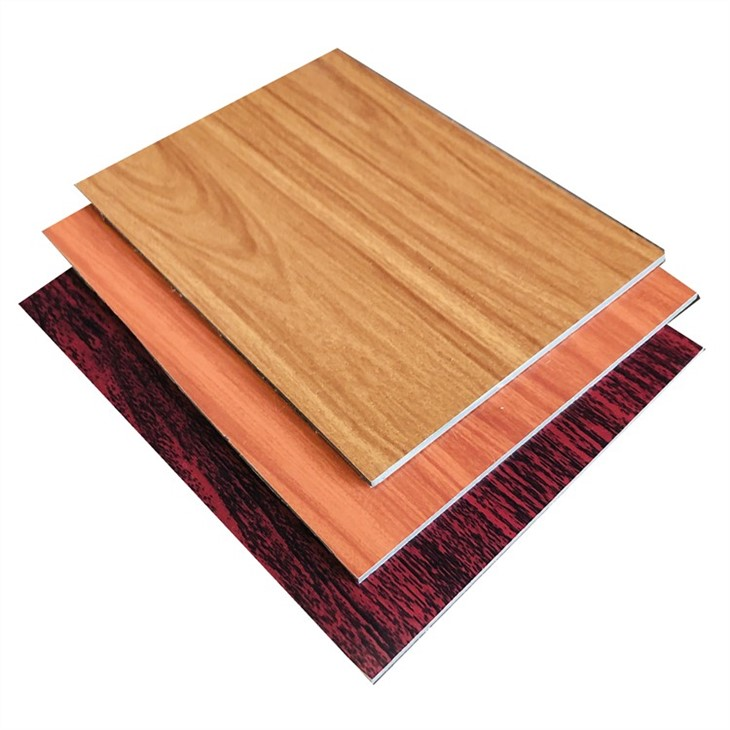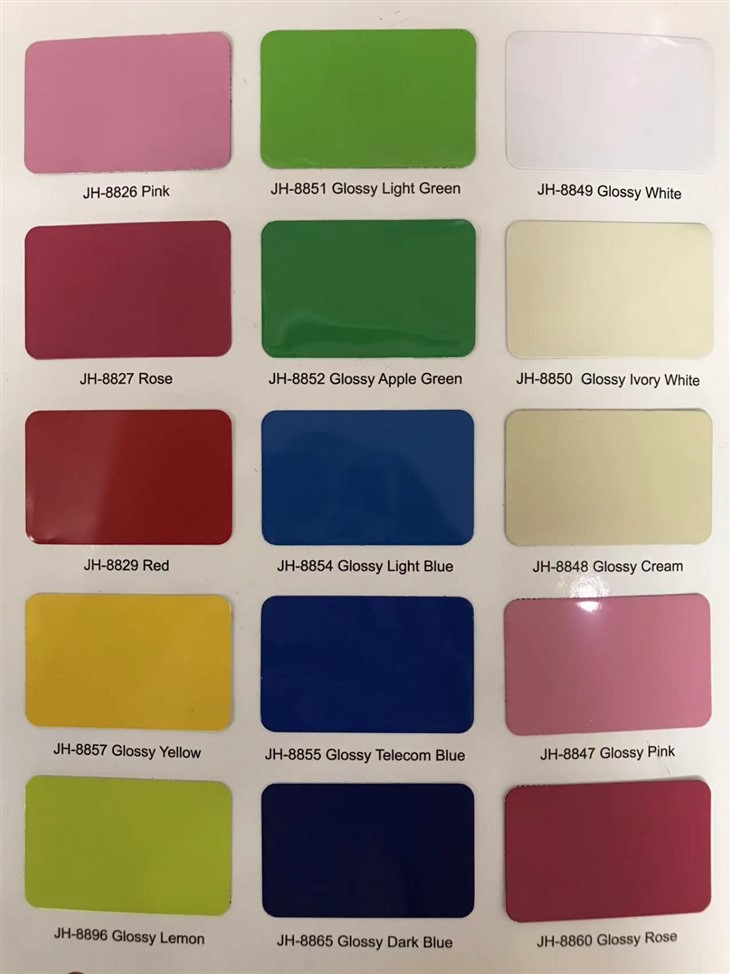As a supplier of PVDF aluminium cladding, I've had the privilege of working closely with this remarkable building material. PVDF (Polyvinylidene Fluoride) aluminium cladding is celebrated for its durability, aesthetic appeal, and weather resistance. It has become a popular choice for architects, designers, and building owners around the world. However, like any material, it's not without its drawbacks. In this blog post, I'll delve into the disadvantages of PVDF aluminium cladding to provide a comprehensive understanding of what it entails.
High Initial Cost
One of the most significant disadvantages of PVDF aluminium cladding is its high initial cost. The manufacturing process of PVDF-coated aluminium involves multiple steps, including the application of a PVDF resin to the aluminium substrate. This resin is known for its exceptional durability and resistance to environmental factors, but it comes at a premium. Additionally, the cost of high - quality aluminium itself can be substantial, especially when considering the thickness and finish required for a particular project.
Compared to other cladding materials such as PVC or fibre cement, PVDF aluminium cladding can be two to three times more expensive. For large - scale commercial projects or budget - conscious residential developments, this cost difference can be a major deterrent. Even though the long - term benefits of PVDF aluminium cladding may justify the expense, the upfront investment can be a significant hurdle for many clients.


Limited Color Options
While PVDF aluminium cladding offers excellent color retention over time, the range of available colors is relatively limited compared to some other cladding materials. The PVDF coating process requires specific pigments and formulations to ensure the durability and quality of the finish. As a result, manufacturers typically offer a standard palette of colors that have been tested and proven to meet the required performance standards.
This limitation can be a problem for architects and designers who have specific color schemes or branding requirements for their projects. For example, in a project where a unique or custom color is needed to match a corporate identity or create a specific aesthetic, the available options in PVDF aluminium cladding may not be sufficient. This can force designers to look for alternative cladding materials that can offer a wider range of color choices, such as powder - coated aluminium or composite panels with different surface finishes.
Susceptibility to Physical Damage
Despite its reputation for durability, PVDF aluminium cladding is susceptible to physical damage. The aluminium substrate is relatively soft compared to materials like steel or concrete, and it can be dented or scratched easily during installation or over the course of its service life. Even minor impacts from hail, stones, or accidental collisions can cause visible damage to the surface of the cladding.
Once the PVDF coating is damaged, it can expose the underlying aluminium to the elements, potentially leading to corrosion. Repairing damaged PVDF aluminium cladding can be a complex and costly process. It often requires specialized equipment and skills to match the existing color and finish, and in some cases, entire panels may need to be replaced. This can be particularly problematic for high - traffic areas or buildings located in areas prone to severe weather conditions.
Environmental Impact
The production of PVDF aluminium cladding has a significant environmental impact. The extraction and processing of aluminium require large amounts of energy, and the manufacturing of PVDF resin involves the use of chemicals that can be harmful to the environment. Additionally, the disposal of PVDF aluminium cladding at the end of its service life can be challenging.
Aluminium is a recyclable material, but the PVDF coating can complicate the recycling process. Separating the PVDF coating from the aluminium substrate requires specialized equipment and techniques, and not all recycling facilities are equipped to handle this type of material. As a result, a significant portion of PVDF aluminium cladding may end up in landfills, contributing to environmental pollution.
Installation Complexity
Installing PVDF aluminium cladding is a complex process that requires skilled labor. The panels need to be carefully measured, cut, and installed to ensure a proper fit and a watertight seal. Any mistakes during the installation process can lead to problems such as water infiltration, poor alignment, or premature failure of the cladding system.
The installation of PVDF aluminium cladding also requires the use of specialized tools and equipment, such as riveters, drills, and sealants. These tools need to be used correctly to ensure the integrity of the cladding system. Additionally, the installation process can be time - consuming, especially for large or complex projects. This can result in higher labor costs and longer construction schedules, which can be a disadvantage for clients who are looking for a quick and cost - effective solution.
Maintenance Requirements
While PVDF aluminium cladding is known for its low - maintenance properties, it still requires regular maintenance to keep it looking its best. Over time, dirt, dust, and pollutants can accumulate on the surface of the cladding, dulling its appearance. To maintain the original color and finish, the cladding needs to be cleaned periodically using mild detergents and soft brushes.
In addition to regular cleaning, PVDF aluminium cladding may also require occasional inspections to check for signs of damage or corrosion. Any damaged or corroded areas need to be repaired promptly to prevent further deterioration. This maintenance can be a hassle for building owners, especially for large commercial buildings or multi - unit residential complexes where the cladding area is extensive.
Fire Performance
Although PVDF aluminium cladding is generally considered to be a fire - resistant material, its fire performance can vary depending on the specific product and installation method. In some cases, the PVDF coating may contribute to the spread of fire if it is exposed to high temperatures for an extended period.
For example, in the event of a fire, the PVDF coating can melt and drip, potentially spreading the fire to other parts of the building. Additionally, the aluminium substrate can conduct heat, which can cause adjacent materials to ignite. Building codes and regulations in many areas have become more stringent regarding the fire performance of cladding materials, and some projects may require additional fire - retardant treatments or insulation to meet the required standards. This can add to the cost and complexity of using PVDF aluminium cladding in fire - prone areas.
Compatibility Issues
PVDF aluminium cladding may not be compatible with all building structures and substrates. The expansion and contraction rates of aluminium are different from those of other materials such as concrete or masonry. If the cladding is not installed correctly or if the building structure moves due to settlement or temperature changes, it can cause stress on the cladding panels, leading to cracking or detachment.
Moreover, when PVDF aluminium cladding is used in combination with other materials in a building envelope, there may be issues with moisture management and vapor diffusion. For example, if the cladding is installed over a moisture - sensitive substrate without proper waterproofing, it can lead to moisture buildup and subsequent damage to the substrate and the cladding itself.
Conclusion
Despite its many advantages, PVDF aluminium cladding has several disadvantages that need to be carefully considered before making a decision. The high initial cost, limited color options, susceptibility to physical damage, environmental impact, installation complexity, maintenance requirements, fire performance, and compatibility issues are all factors that can affect the suitability of PVDF aluminium cladding for a particular project.
However, it's important to note that these disadvantages can often be mitigated with proper planning, design, and installation. At our company, we work closely with our clients to understand their specific needs and requirements and to provide solutions that address these concerns. We offer a range of products, including Aluminium Composite Panel Exterior Cladding Wall Clading, Popular Various Pattern Aluminum Composite Panel Best Selling Product, and PE Aluminium Composite Panel ACP Sheet Cladding Wall Cladding, which can offer different features and benefits to suit various projects.
If you're considering using PVDF aluminium cladding for your next project, we encourage you to contact us for a detailed consultation. Our team of experts can help you evaluate the pros and cons of PVDF aluminium cladding and determine if it's the right choice for your specific needs. We'll work with you to ensure that your project is a success, from start to finish.
References
- "Aluminium Cladding: A Guide to Specification and Installation" by The Aluminium Federation
- "Fire Performance of Building Cladding Materials" by the National Fire Protection Association
- "Sustainable Building Materials: An Introduction" by the World Green Building Council